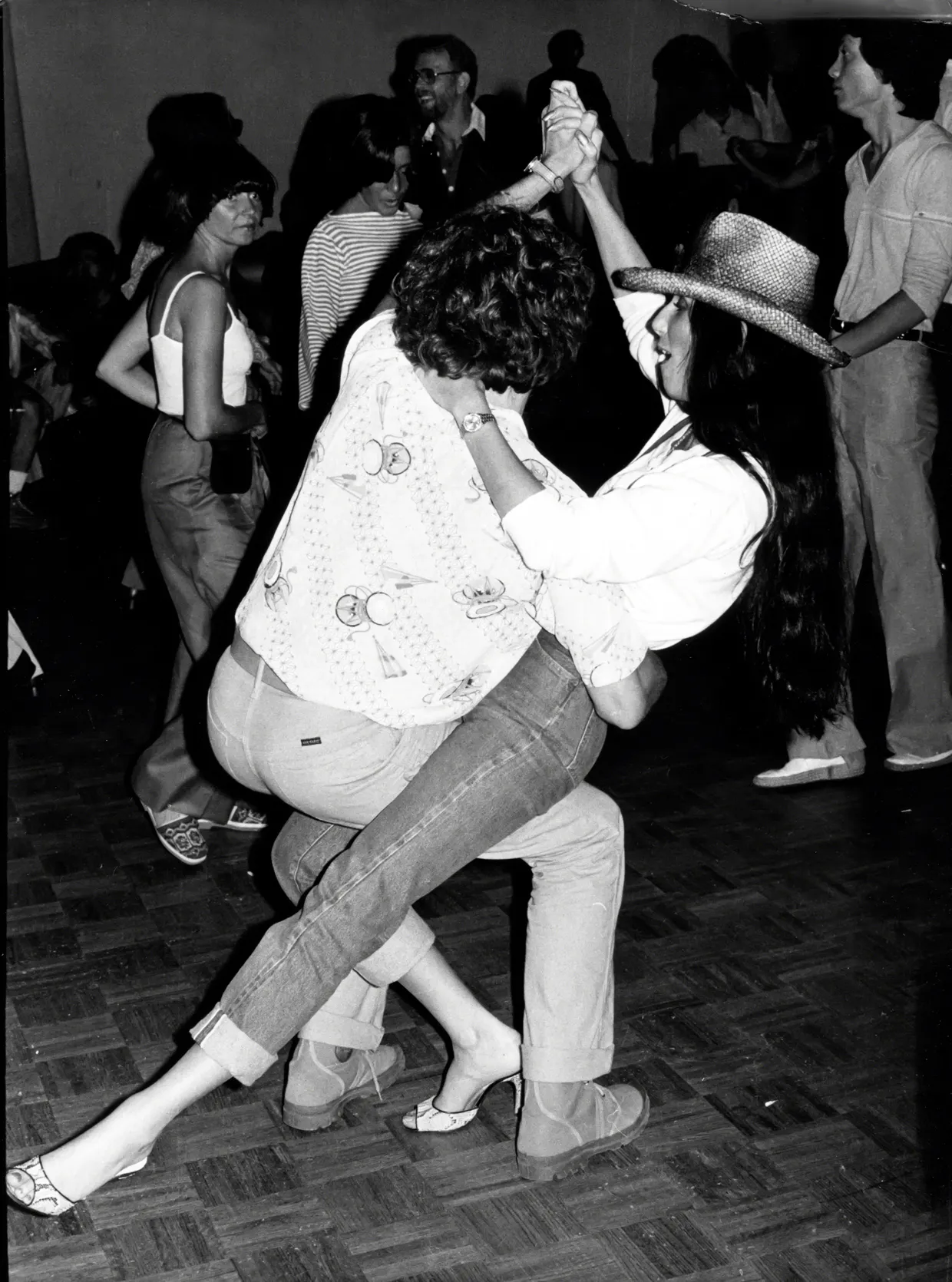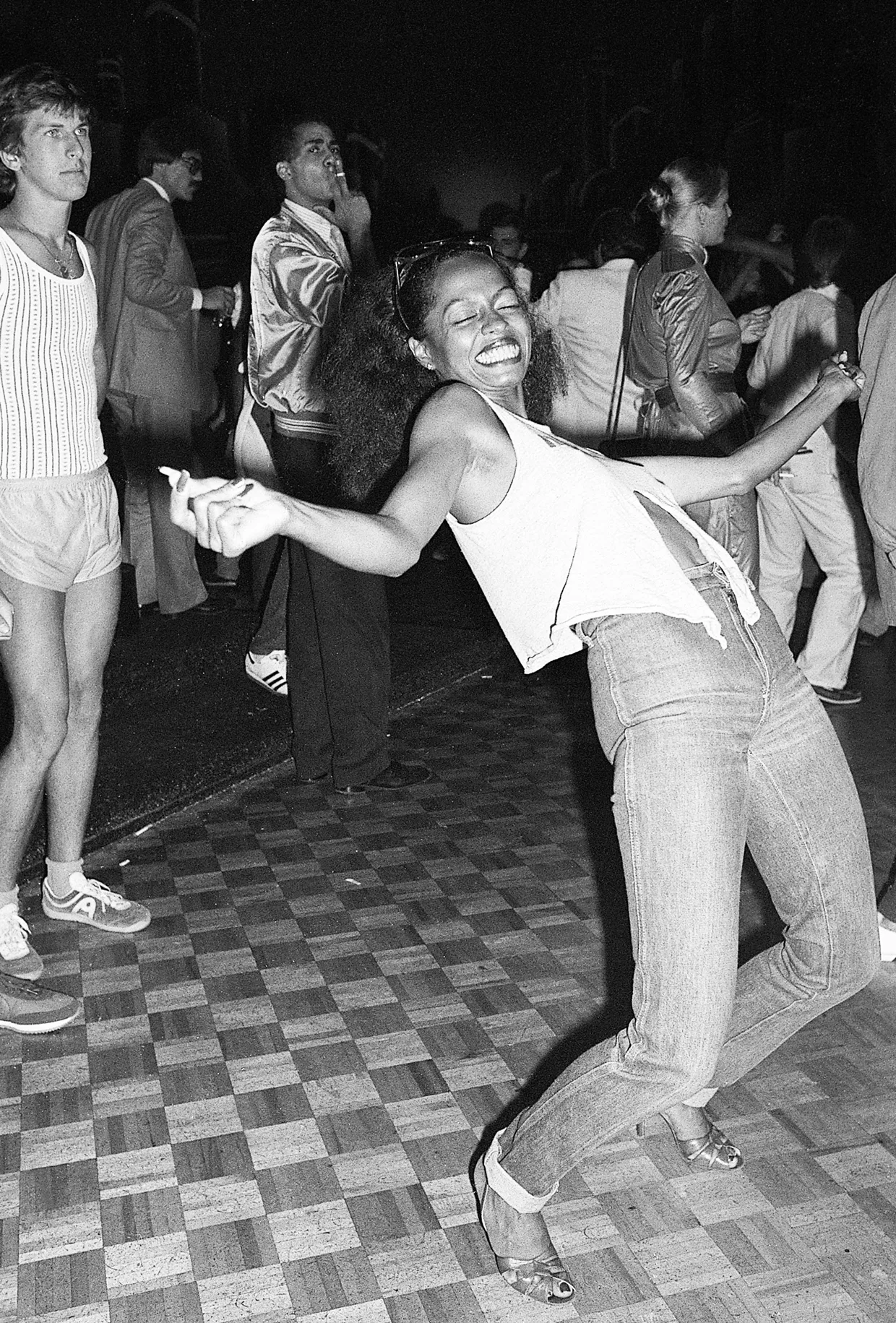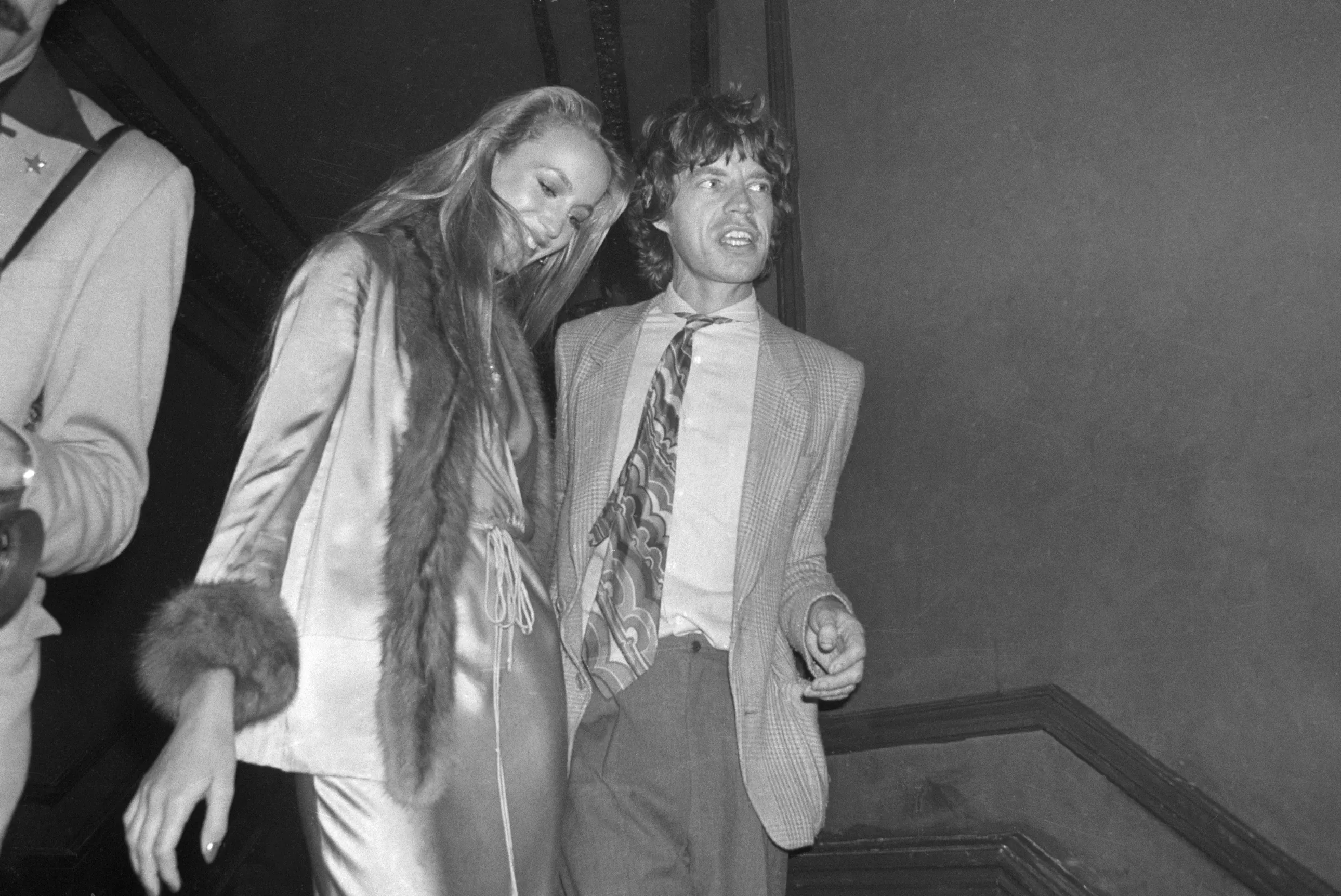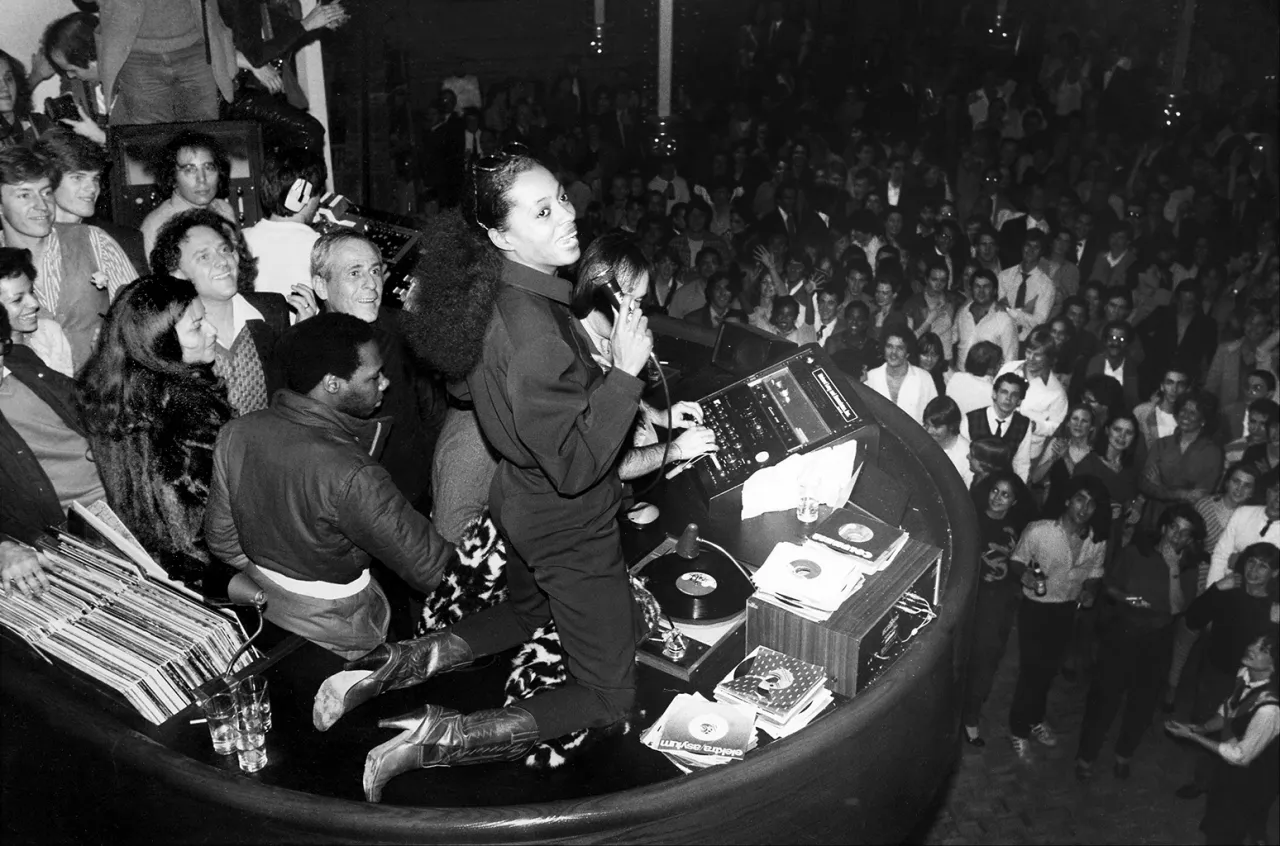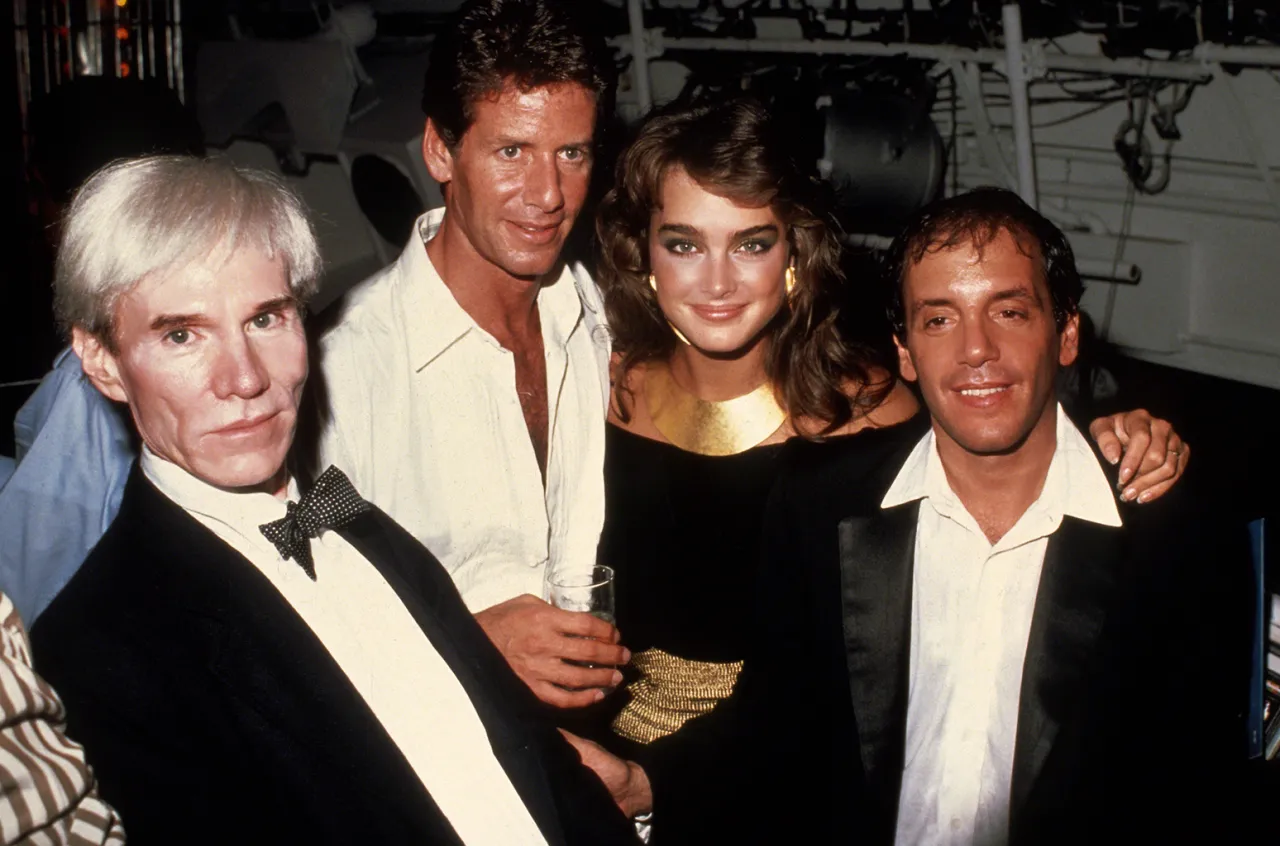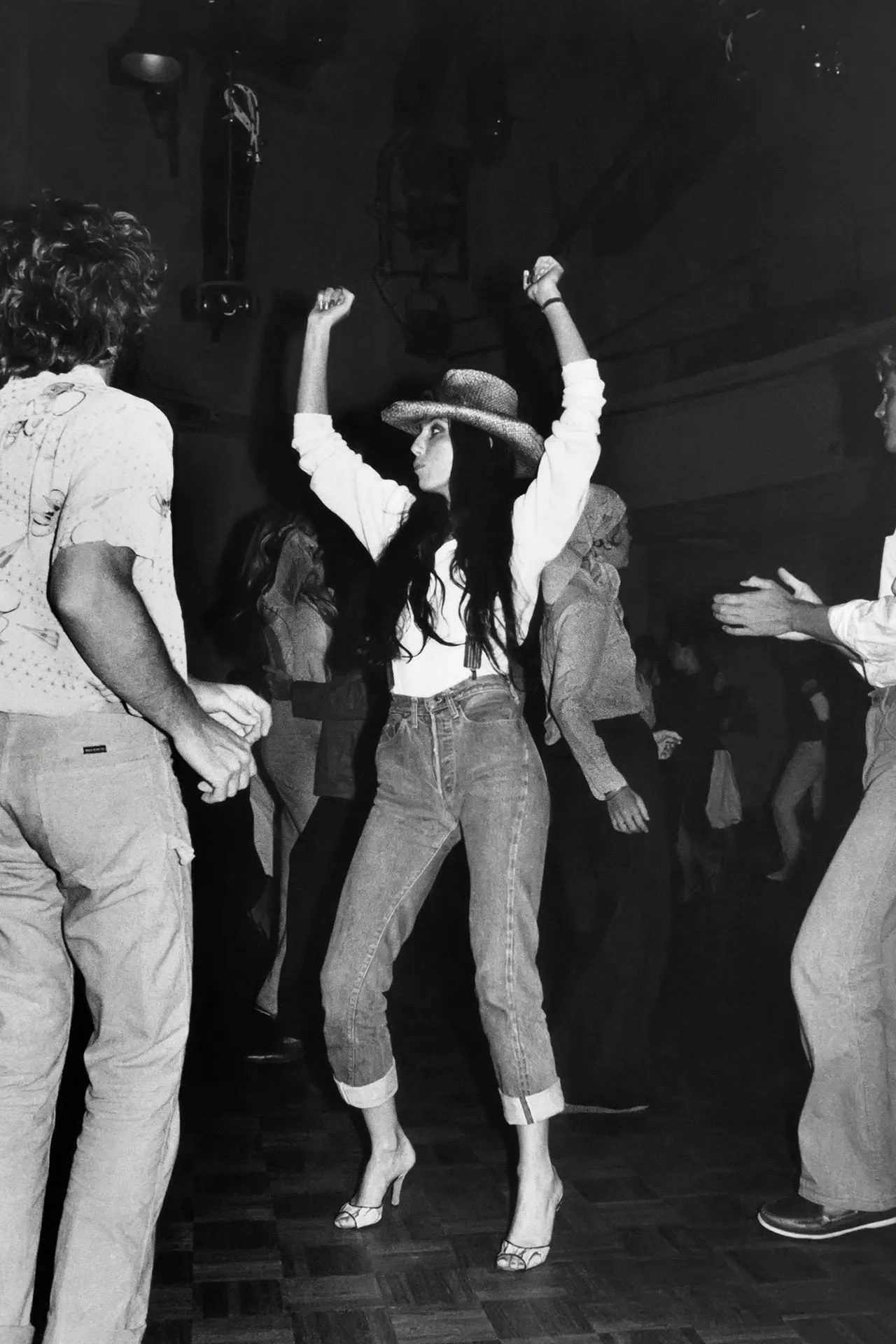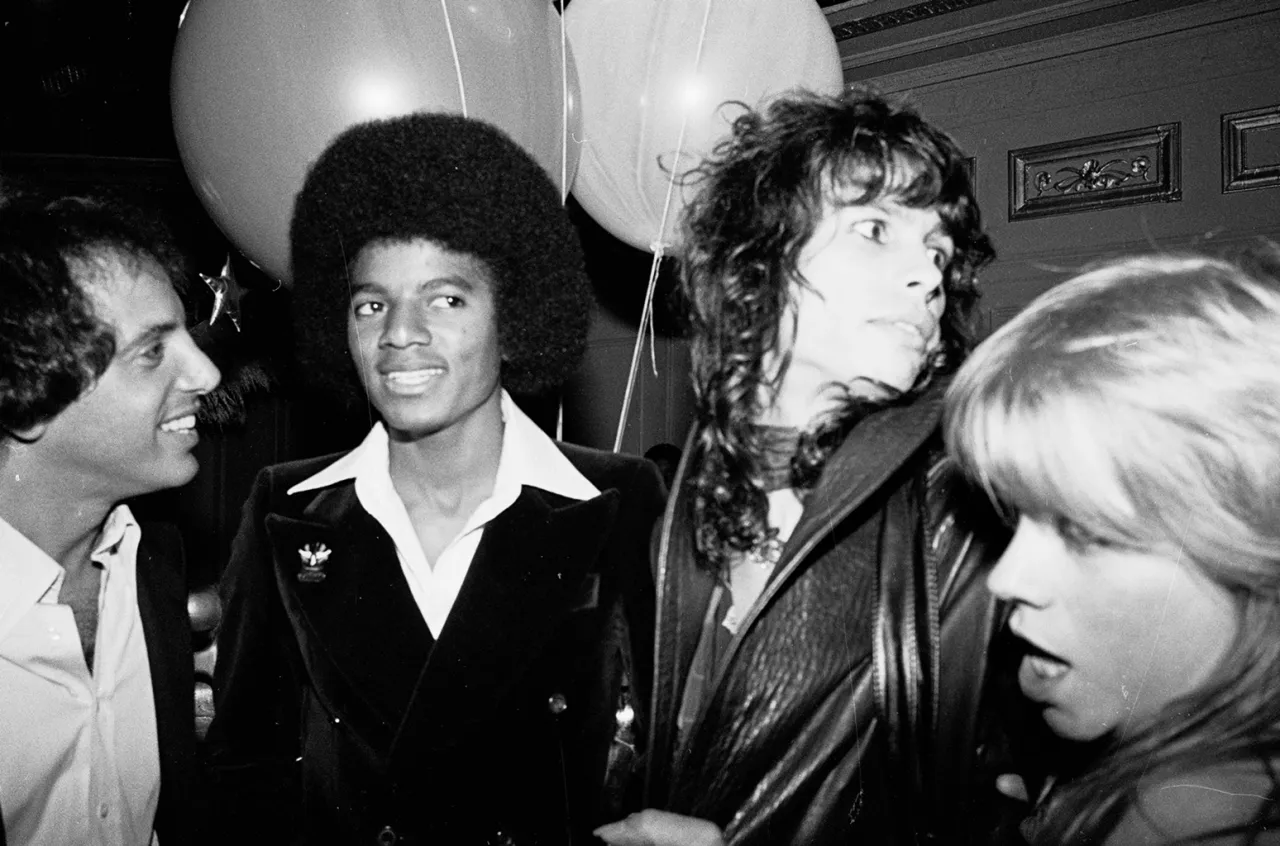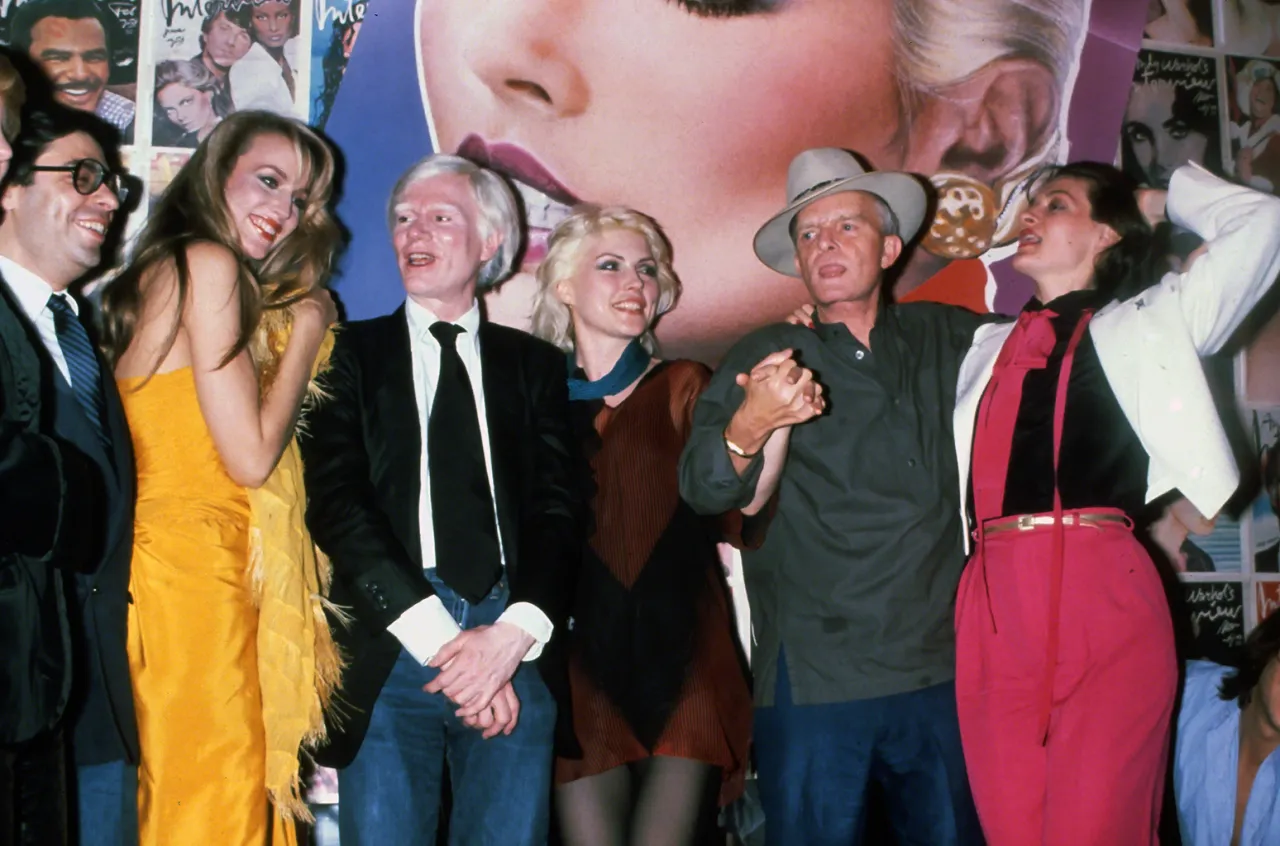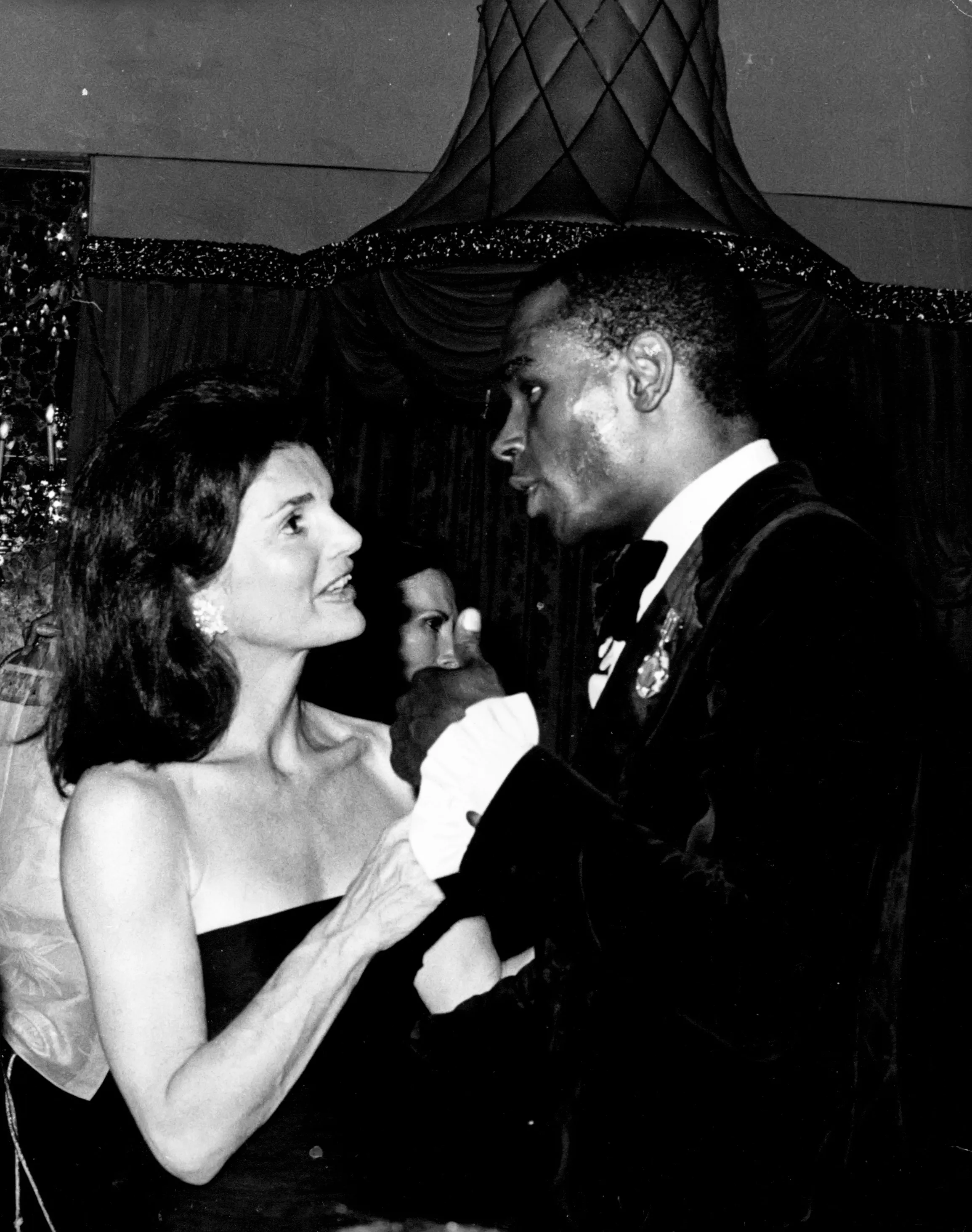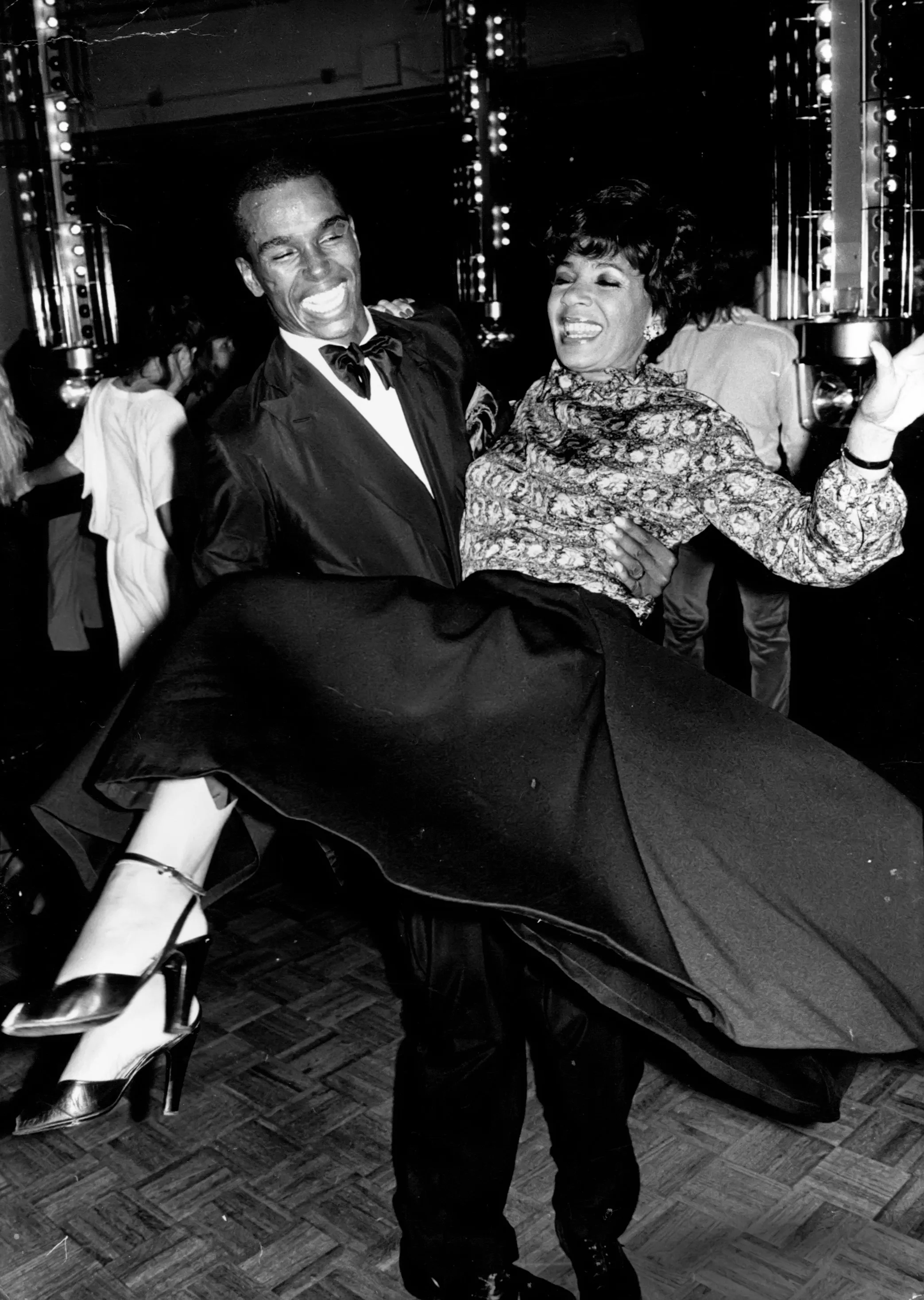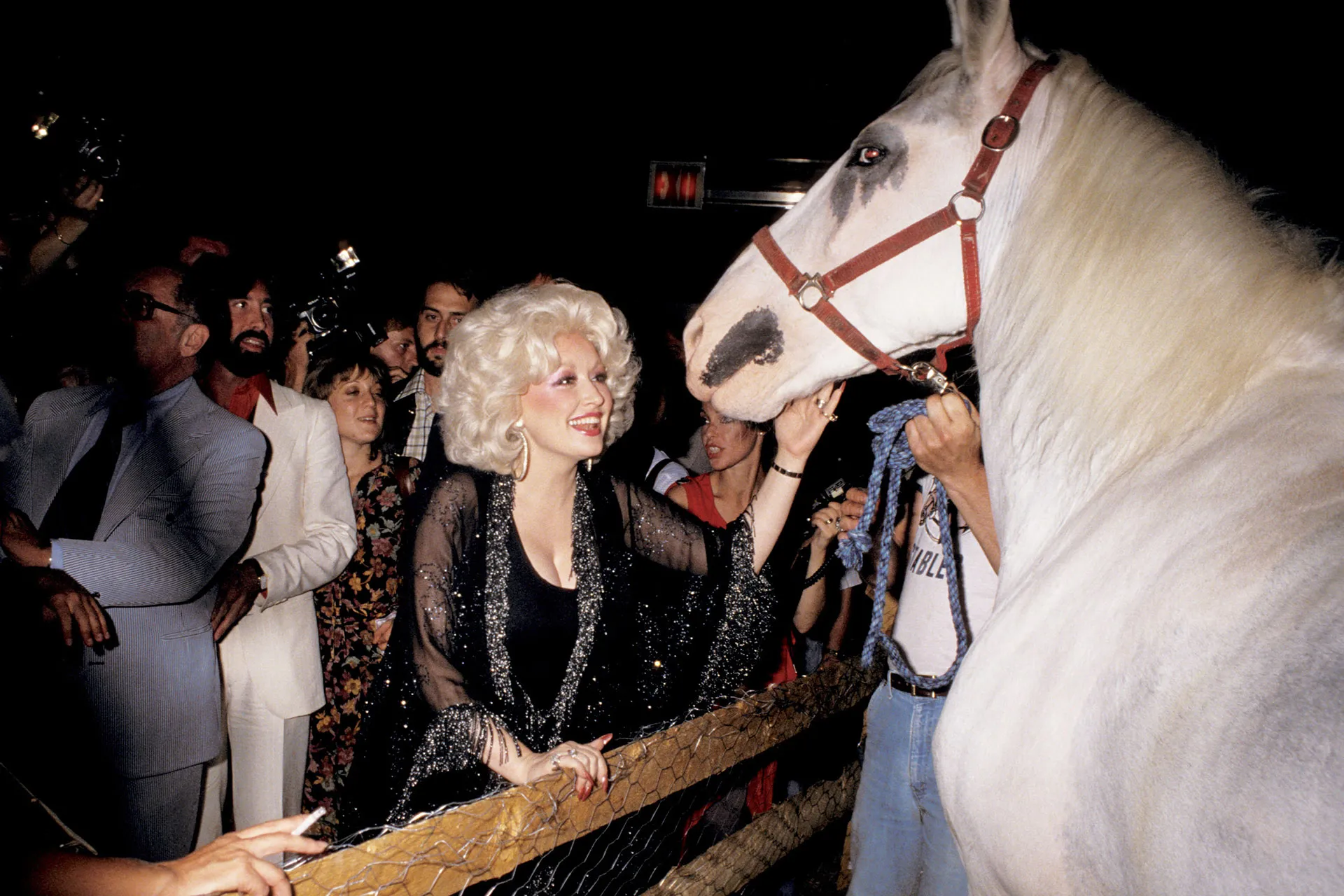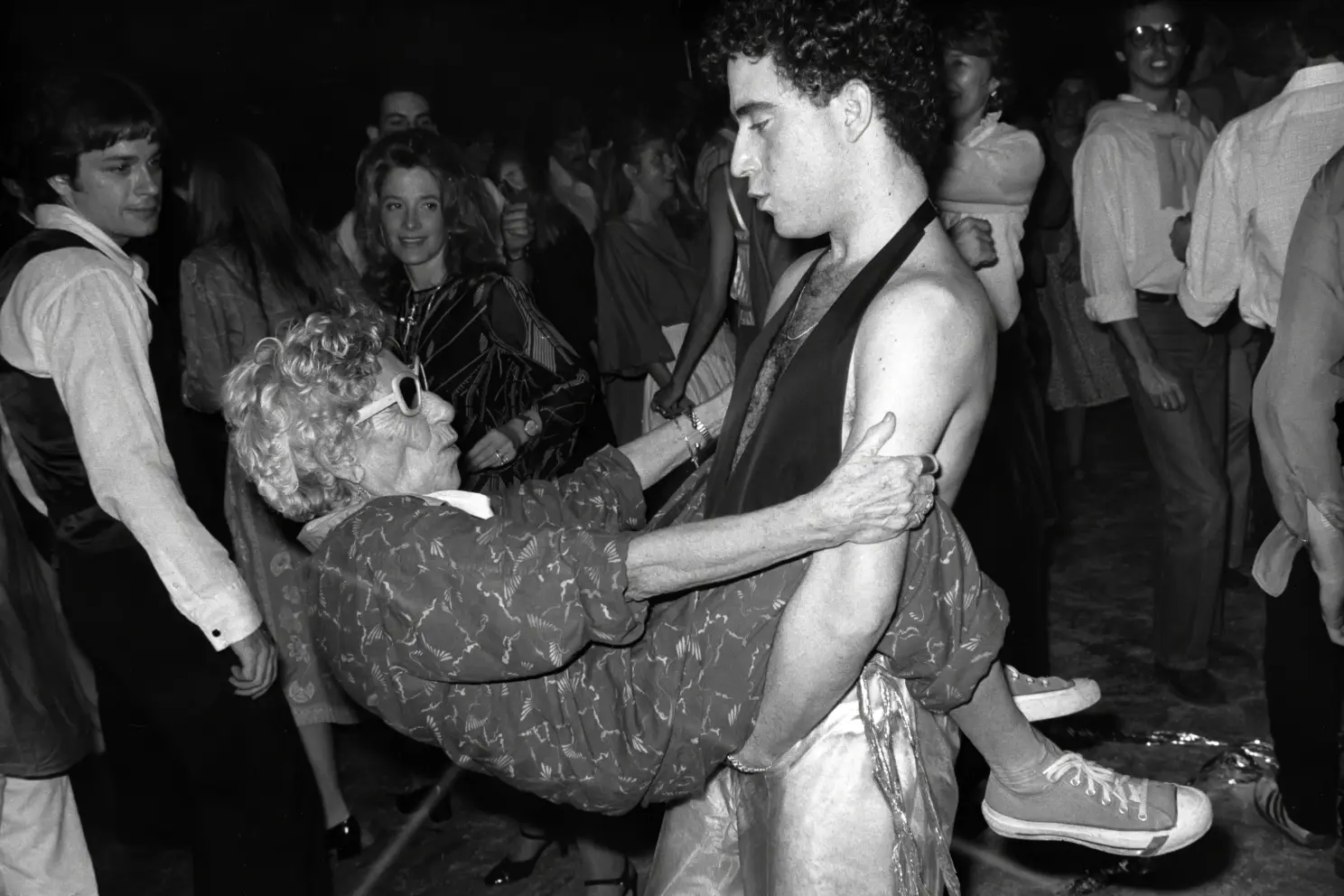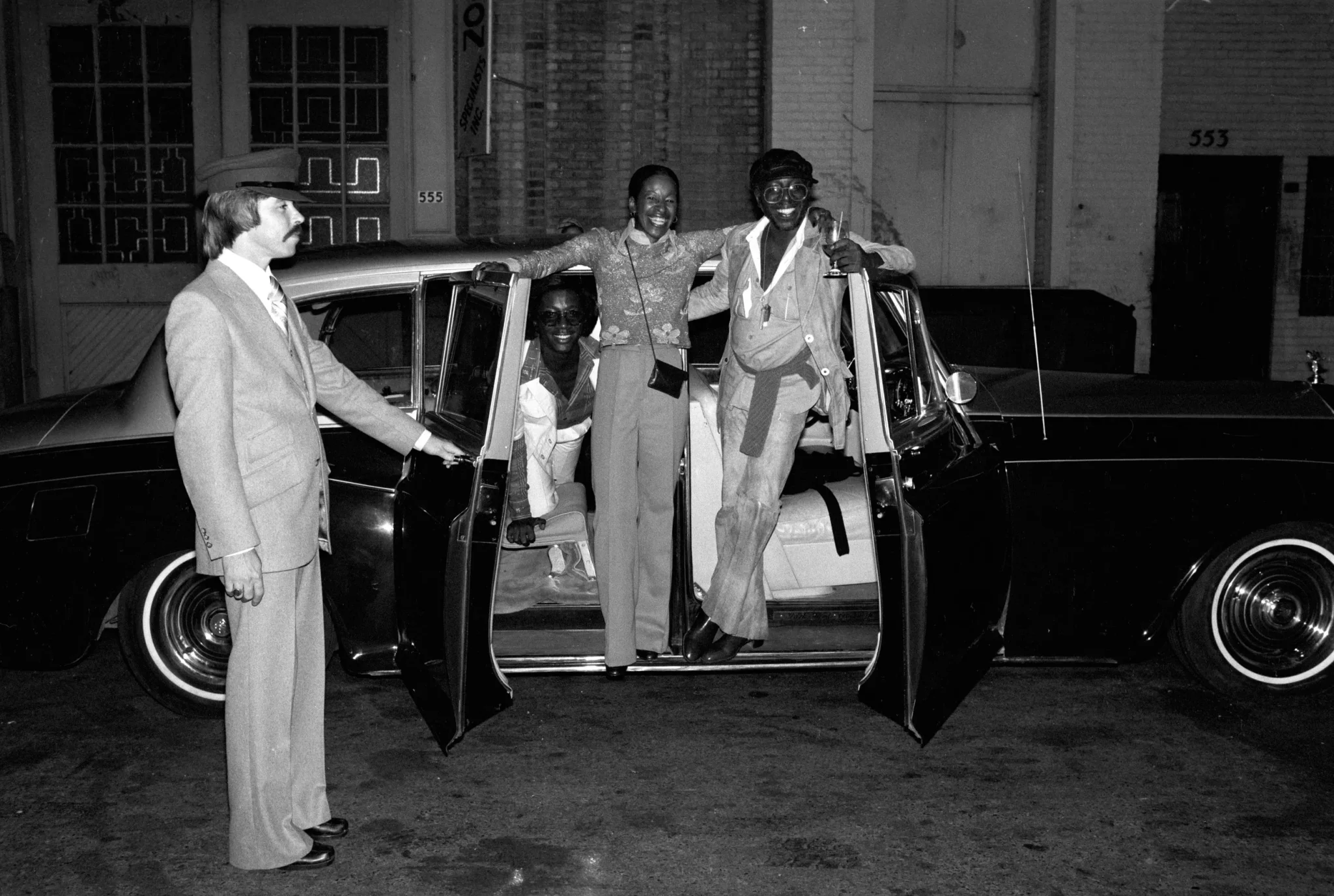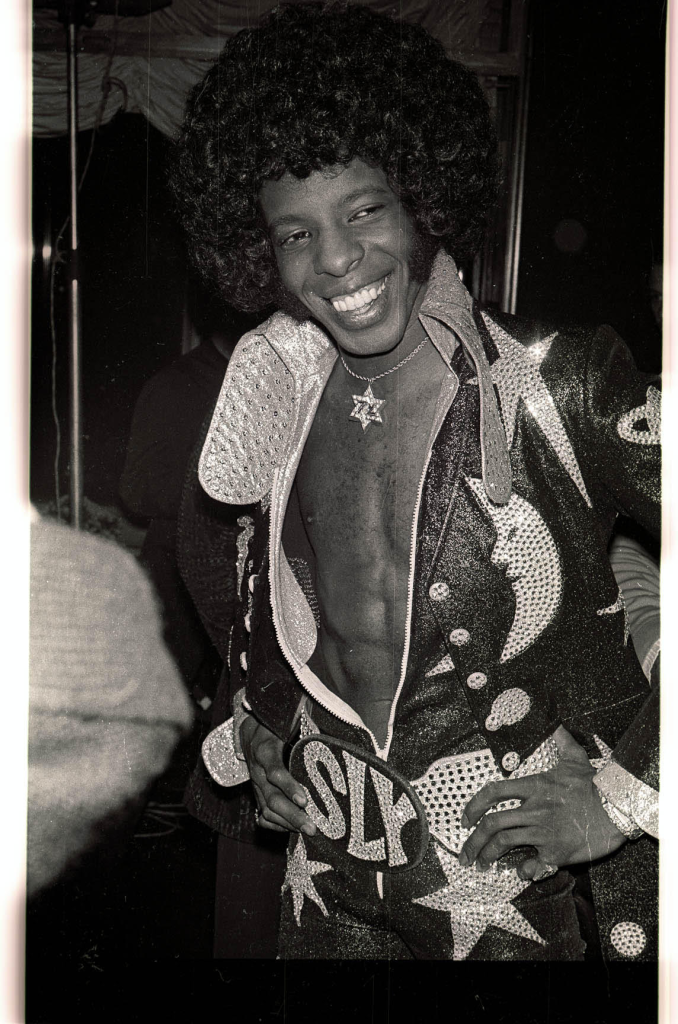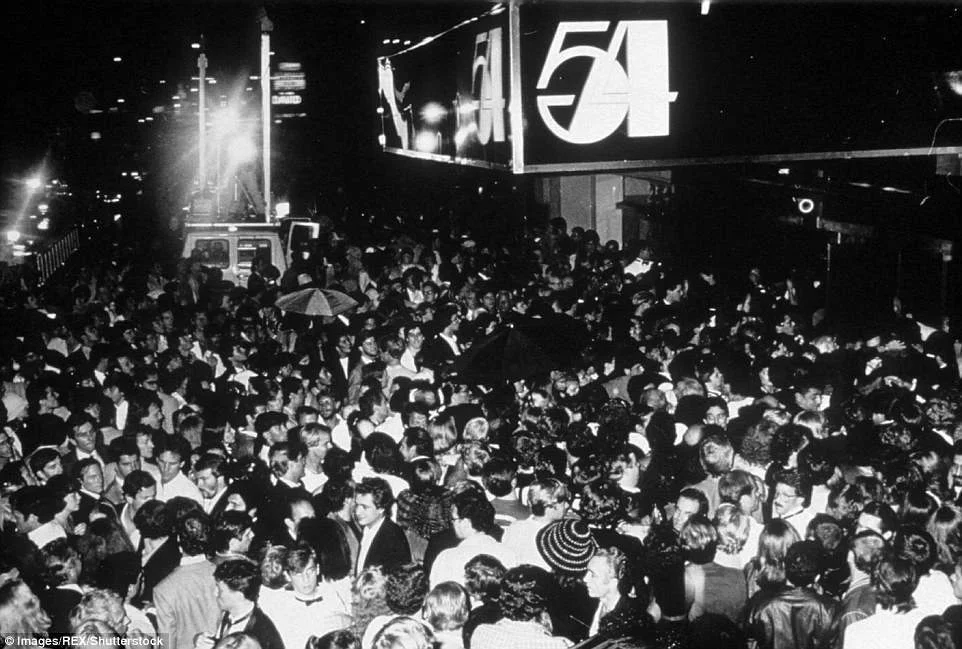The History of Studio 54: A 1970s Disco Palace of Fame, Scandal, and Cultural Impact
- dthholland
- Sep 10, 2024
- 6 min read

In the heart of Manhattan, a former CBS television and radio studio on 254 West 54th Street was reborn into what became one of the most legendary nightclubs in history: Studio 54. Opened in April 1977, it rapidly transformed into a hedonistic haven for the famous, the fabulous, and the fearless. At a time when New York City was grappling with bankruptcy and high crime rates, Studio 54 embodied escapism, glamour, and decadence. Its impact on pop culture, music, and celebrity life reverberated well beyond its three-year reign.
The Birth of Studio 54: From a TV Studio to a Nightclub Icon
The visionaries behind Studio 54, Ian Schrager and Steve Rubell, were unlikely nightclub impresarios. Schrager was a lawyer and Rubell a restaurateur, both new to the world of clubs but eager to break into it. As Schrager reflected, “New York was on the verge of bankruptcy in the mid-1970s. Danger was in the air, people were getting mugged, but it was also a creative, bohemian time.” Rubell and Schrager wanted to create a space that tapped into this dangerous but electric energy, particularly of the gay club scene, which was already fostering a spirit of liberation.

They found their venue in a former television studio, a massive space on the West Side of Manhattan, an area notorious for its grit and crime. Schrager recalls, “It was like Lebanon at the time – unsafe to walk. But it felt right.” The duo managed to secure a loan from a store owner named Jack Dushey, and with $400,000, they converted the building into what would become the most celebrated nightclub of the 1970s. With its cutting-edge lighting and revolutionary sound system, Studio 54 became more than just a dance floor; it was an immersive experience, a space designed to tantalise every sense.

The Grand Opening: Lightning in a Bottle
From the very first night, Studio 54 proved to be a force unlike any other. Schrager likened the atmosphere to “holding on to a lightning bolt or walking into Disney World.” The opening party featured a who’s who of celebrities, fashionistas, and socialites, and the mood was set for a scene that would become the epitome of ’70s excess and glamour.

The club’s door policy quickly became the stuff of legend. Steve Rubell famously handpicked the attendees himself, rejecting even well-known personalities if they didn’t meet his eclectic criteria. The club sought to mix rich and poor, gay and straight, old and young—a fusion that created an intoxicating alchemy on the dance floor. Schrager believed that magic was in this diverse crowd: “When you have that alchemy, magic happens. Somebody topless could dance with a woman in a ballgown and a tiara.”
Though the entrance policy might have been stringent and controversial, it only heightened Studio 54’s allure. A massive queue would form outside the club every night, with hopefuls dressed to the nines, all waiting for the chance to be chosen by Rubell or a member of his team. Studio 54 was more than just a place to dance—it was a stage, and to be inside was to be part of the performance.
The Club’s Design: Extravagance and Excess
Inside, the club was a visual and sensory marvel. The sets and lighting displays were carefully choreographed to provide guests with a dreamlike experience. Schrager and Rubell constantly sought new ways to “wow” the clientele. One of the club’s most iconic installations was a large “man in the moon” prop, hanging above the dancefloor, with a spoon rising to the moon’s nose in a cheeky nod to the drug culture of the time. While Schrager insists it was more about subversion than celebrating drugs, it was clear that Studio 54 played to the decadent appetites of the era.

In one of its most famous moments, Bianca Jagger—fashion icon, actress, and wife of Mick Jagger—arrived at the club on horseback, wearing a sheer gown. The image of her astride a white horse, lit by the club’s theatrical lights, remains one of the most enduring symbols of the nightclub’s grandeur. However, Schrager recalls that such moments were fleeting: “We didn’t want to stop the party,” he explained. The goal was always to keep the energy up, and while these spectacles may have been dazzling, they were never allowed to overshadow the music and the dancing.

The club’s use of glitter also became iconic. In one particularly extravagant moment, four tons of glitter were dumped onto the dance floor, creating an atmosphere of shimmering, chaotic fun. “People danced with wild abandon,” Schrager reminisced. Studio 54’s sets were constantly changing: one night, guests could find themselves inside a giant blue igloo made of 200 feet of ice, while on another occasion, they might dance beneath a canopy of drag queens dressed as Marie Antoinette.
The Celebrities of Studio 54: Where the Stars Came to Play
Studio 54 quickly became a magnet for celebrities. Some of the most famous names in the world passed through its doors, but inside, the unspoken rule was to let people be themselves. As Schrager noted, “Nobody pestered anyone for an autograph, so they could be themselves.” This sense of freedom helped make the club a haven for stars who could let their guard down.
Andy Warhol was a regular, often seen standing quietly in the background, simply observing the madness around him. Mick Jagger, Diana Ross, Liza Minnelli, Elton John, Grace Jones, John Travolta, Cher, and even a young Michael Jackson were just some of the celebrities who frequented the club. Diana Ross, who was known for her energetic dancing, once jumped into the DJ booth to sing along to her own tracks. Madonna, still in the early stages of her career, performed a lip-sync act at the club, while the iconic music of Earth, Wind & Fire would often get the staff in the mood at the start of each night.
Schrager recalls that some celebrities were more reserved than others. While Mick Jagger was the same charismatic, energetic presence on the dance floor as he was on stage, other stars like Donald Trump, who occasionally visited, were more subdued. “I never saw Donald Trump dance. He was a serious guy,” Schrager mused.
A Club Defined by Spectacle and Subversion
Studio 54 was more than just a place to spot celebrities—it was an arena for creating and participating in spectacle. The club became infamous for its parties, each one more outlandish than the last. In one memorable instance, for a “Grease” themed party, 1950s convertibles were brought into the club as part of the decor. Manager Michael Overington recalls how the fire department demanded that the gasoline be removed from the cars. His solution? Pump it directly into the sewers. “You could smell it for two blocks,” he laughed.
Overington, who had started as a cleaner at the club and worked his way up to manager, became an integral part of keeping the operations smooth during the club’s most chaotic years. When Schrager and Rubell were incarcerated for tax evasion in 1980, Overington was left in charge. “I kept the place going while Ian and Steve were in jail for 13 months,” he explained. Despite the duo’s absence, the parties continued, with live animals frequently appearing as part of the decor, including a zebra that led to a citation from the health department.

It was the sense of limitless possibility that defined Studio 54. On New Year’s Eve one year, the club was transformed into a winter wonderland, complete with a 200-foot ice wall. Overington remembers piling the ice onto the street the following morning. “It was six feet high and 20 feet long,” he said. A drunk passerby, amazed by the sight, remarked: “Man, they must serve some big drinks in there.”
The Fall of Studio 54: Scandal and Decline
For all its glory, Studio 54’s time at the top was brief. The club’s success had its dark side, and as Schrager noted, “Success made us do stupid things.” Studio 54 became notorious not just for its wild parties, but also for the financial misconduct behind the scenes. Rubell’s infamous comment, “Only the mafia makes more money than us,” caught the attention of the U.S. government. A raid revealed that large amounts of cash were being skimmed off the top and hidden in garbage bags, closets, and even in cars.

In 1979, Schrager and Rubell were charged with tax evasion and sentenced to prison for 13 months. The scandal rocked the club and sent shockwaves through the New York nightlife scene. Despite attempts to keep the club open in their absence, Studio 54 never fully recovered from the fallout. By 1980, the doors of Studio 54 closed, marking the end of an era.
The Legacy of Studio 54: A Cultural Phenomenon
While its reign was short-lived, Studio 54’s impact on culture and nightlife was undeniable. It became a symbol of the excesses of the 1970s, a period defined by its indulgence, freedom, and creativity. The club provided a space for people of all backgrounds to mix and mingle, breaking down social barriers in a way that had rarely been seen before.
